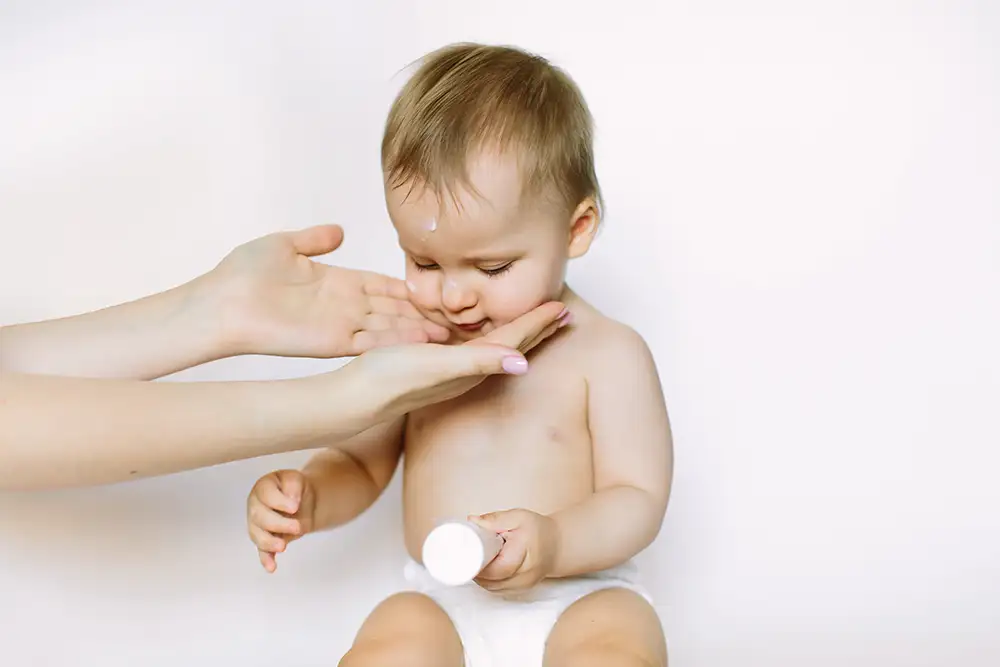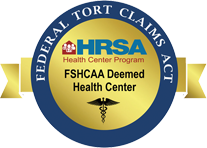
Baby skin can be very sensitive and when rashes appear, it can make a parent unsure of what to do. A rash is a swelling or irritation of the skin that makes it appear red, bumpy, scaly, lumpy, or itchy and is sometimes accompanied by a fever. Rashes can be caused by many things such as insect bites, allergies, bacteria, fungi, viruses, heat, moisture, irritation, friction, and saliva. This article will discuss some of the common rashes in babies.
One of the most common rashes babies can get is a diaper rash. A diaper rash can be caused by a diaper being too small, wet or soiled diapers being left on too long, a reaction to new foods, a reaction to a new detergent, a reaction to a new brand of diapers or wipes, or a bacterial or yeast infection. Once the cause of the diaper rash is addressed, it usually clears in three to four days. The best way to prevent a diaper rash is to change your baby’s diaper as soon as possible. If a diaper rash develops, clean the diaper area with wipes or a washcloth and water, expose your baby’s bottom to air whenever possible, and use a diaper cream to create a moisture barrier. If the diaper rash is accompanied by a fever, doesn’t get better in a few days, or looks bad, make an appointment with your baby’s healthcare provider.
Eczema is a rash that can cause dry, scaly skin with red patches on the face, inside of the elbows, or behind the knees. The patches can be mild to very itchy and in infants are more likely to appear on the body than on the face. Eczema can be caused by genetic and environmental factors. Some children inherit dry, sensitive skin, and some kids may get eczema due to how their body reacts to environmental irritants. Your baby’s healthcare provider may prescribe an ointment or recommend an over-the-counter cream to treat the eczema. You can also try mild, unscented laundry detergents and soap, dress your baby in soft clothes, and bathe them no more than three times a week to help prevent it from reoccurring.
A drool rash is a form of eczema in which the baby’s drool irritates the skin and lips causing a rash around the mouth. It is also called lip licker’s contact dermatitis or teething rash. It occurs most often when babies are teething and drool frequently. The best things to do are wipe your baby’s mouth frequently with a clean, dry cloth, put on an absorbent bib that’s changed frequently, and applying a barrier ointment such as petroleum jelly. If the rash is severe, see your baby’s provider for recommendations.
Erythema Toxicum is a common rash that appears a few days after birth. It causes multiple red splotches with yellowish-white bumps. The cause is unknown, but it usually clears on its own in about a week. It may briefly go away then flare back up before going away for good.
Baby acne is small red or white bumps that can show on your baby’s cheeks, nose, forehead, back, and/or chest. It is unknown what causes baby acne and cannot be prevented. It will go away on its own and not leave any scars.
Milia are the tiny white bumps that appear on your baby’s face, mainly the cheeks, chin, and tip of the nose. It is caused by skin flakes being trapped under the skin. Milia do not require treatment other than simple skin care. Avoid scrubbing or picking at the spots, gently wash baby’s face with warm water and baby soap once a day, and avoid putting lotion on the affected areas. The bumps will generally disappear within the first two to three weeks of a baby’s life.
Miliara are small red bumps or sweat blisters in the folds of a baby’s skin. They are also known as heat rash or prickly heat. They typically happen in hot and humid climates or if your baby is overdressed and becomes overheated. They usually go away in a few days and do not require any treatment.
If you ever have any concerns about your baby’s skin, contact your provider’s office.
– Candice Hutchins is a registered nurse at Health West Pediatrics in Pocatello, ID.








